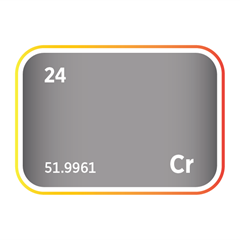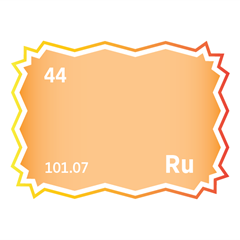Wind Power
Critical minerals, policy, and the energy transition
Critical Minerals and Wind Technologies
As wind energy continues to expand globally, the importance of critical minerals has significantly increased. These minerals are essential for developing high-performance wind technologies, providing strength, durability, conductivity, and efficiency across various components. From rotor blades and gearboxes to generators, nacelles, towers, battery storage systems, and submarine cables, wind technologies rely on specialised materials to function effectively. Each critical mineral serves a distinct purpose within wind energy systems, enhancing structural integrity, conductivity, magnetism, and performance longevity. The integration of critical minerals into wind technologies promotes innovation and efficiency, pushing the boundaries of renewable energy production and sustainability. This guide explores the key minerals used across different elements of wind technologies, addressing their roles and significance.
Critical Minerals used in the gearbox
Critical Minerals used in the generator
In the generator, it is estimated that 400 – 4,000 kg of copper windings are used per turbine, depending upon the technology and size of the turbine.
High-tech steel to enhance longevity and performance
Critical Minerals used in LFP battery storage technology
Recycling of wind turbine blades
Ruthenium-based catalysts have the potential to facilitate the recycling of wind turbine blades, which are constructed from epoxy resin that is reinforced with glass fibre strands to enhance durability. However, this robustness complicates the recycling process. By 2050, it's projected that over 40 million tonnes of wind turbine blade waste will accumulate globally, with China holding 40% of this waste, Europe 25%, the United States 16%, and the rest of the world 19%. To combat the environmental and economic challenges of recycling these blades, a consortium of European industrial and academic partners is creating technologies to promote the recyclability of these thermoset composite materials.
CETEC, an acronym for Circular Economy for Thermosets Epoxy Composites, has successfully recycled these materials and produced new epoxy on a laboratory scale. Furthermore, CETEC has managed to reclaim glass fibres of sufficient quality for reuse in making new fibre-reinforced epoxy composites akin to the original wind turbine blades. This process of glass fibre recovery could potentially reduce future demand for platinum/rhodium alloys currently used in producing glass fibres.
Wind energy producers in North America
Wind energy producers in Central America and The Caribbean
Wind energy producers in Africa
Solar photovoltaic (PV) energy producers in Southeast Asia
Solar photovoltaic (PV) energy producers in Australasia


Critical sectors using strategic minerals

Meet the Critical Minerals team
Trusted advice from a dedicated team of experts.

Henk de Hoop
Chief Executive Officer

Beresford Clarke
Managing Director: Technical & Research

Jamie Underwood
Principal Consultant

Ismet Soyocak
ESG & Critical Minerals Lead

Rj Coetzee
Senior Market Analyst: Battery Materials and Technologies

How can we help you?
SFA (Oxford) provides bespoke, independent intelligence on the strategic metal markets, specifically tailored to your needs. To find out more about what we can offer you, please contact us.



























































































